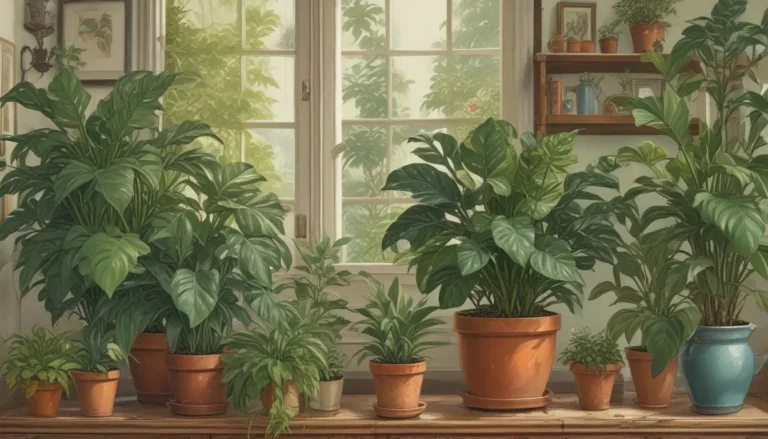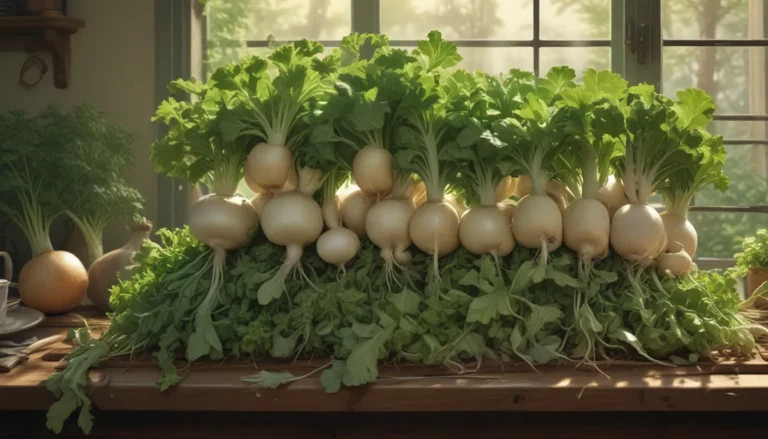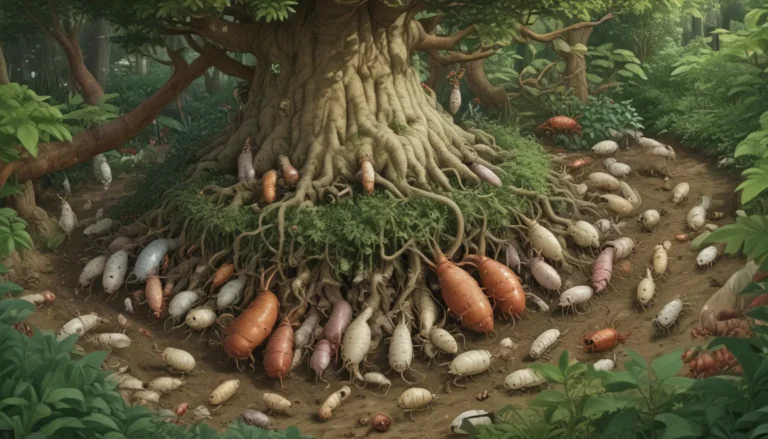Everything You Need to Know About Growing and Caring for Cheddar Pinks

Are you looking to add a touch of charm to your garden? Cheddar pinks, also known as Dianthus gratianopolitanus, might just be the perfect choice. These delightful plants are members of the carnation family, with fringed flowers in shades of mauve, pink, and raspberry red, and a spicy fragrance reminiscent of sweet cloves.
In this comprehensive guide, we’ll delve into everything you need to know to successfully grow and care for Cheddar pinks. From their cultivation and history to propagation, growing tips, and more, we’ve got you covered. So, grab a cup of tea, and let’s dive in!
What Are Cheddar Pinks?
Cheddar pinks, or Dianthus gratianopolitanus, are herbaceous perennials that form cushions or mats of foliage, with flowers in an array of colors, and a spicy fragrance that fills the air. These evergreen plants are not only visually appealing but also tough and hardy, thriving in a variety of conditions.
Native to central and western Europe, these plants are commonly found in open grasslands, along mountain slopes, and rocky outcrops. Their unique features and adaptability make them a popular choice for gardeners looking to add a splash of color and fragrance to their outdoor spaces.
Cultivation and History
With their roots tracing back to regions across Europe, including the UK and Ukraine, Cheddar pinks have a rich history. Their name is derived from the Cheddar Gorge in England, where they grow along limestone cliffs. These plants are known for their resilience in the face of extreme conditions, making them a great choice for challenging environments.
In addition to their visual appeal, Cheddar pinks have earned prestigious accolades such as the Royal Horticultural Society (RHS) Award of Garden Merit. Their ability to thrive in various climates and conditions speaks to their adaptability and beauty.
Propagation
When it comes to propagating Cheddar pinks, there are a few methods you can use, including division, seeds, and tip cuttings. Dividing the plants every few years can help rejuvenate them and ensure continued growth and vitality.
Seeds from species plants can be started indoors or outdoors, with a few considerations to keep in mind. If you’re looking to expand your Cheddar pink collection, seed propagation might be a fun and rewarding option to explore.
Tip cuttings are another way to propagate these charming plants, offering a simple and effective method to create new growth. With the right techniques and care, you can easily propagate Cheddar pinks to enhance your garden or share with others.
How to Grow
Growing Cheddar pinks requires ample sunlight, well-draining soil, and attention to detail. These plants thrive in slightly alkaline to slightly acidic soils and benefit from regular watering and proper drainage. With a few adjustments and some TLC, you can cultivate lush, colorful Cheddar pinks in your own garden.
Growing Tips
- Plant in well-draining soil to prevent fungal issues like crown rot.
- Provide light afternoon shade in areas of extreme heat.
- Once established, Cheddar pinks are drought tolerant but need some water during dry spells.
Following these simple tips can help you cultivate healthy, vibrant Cheddar pinks that will brighten up your garden and delight your senses.
Pruning and Maintenance
Maintaining Cheddar pinks is relatively straightforward, with a focus on root division, fertilization, and occasional deadheading. These plants benefit from regular care to ensure they thrive and continue to produce beautiful blooms.
Cultivars to Select
When choosing Cheddar pinks for your garden, you have a variety of cultivars to select from, each offering unique features and characteristics. From ‘Bath’s Pink’ to ‘Firewitch’ and ‘Tiny Rubies,’ there’s a cultivar to suit every taste and garden style. Explore your options and find the perfect cultivar to enhance your outdoor space.
Managing Pests and Disease
While Cheddar pinks are relatively resistant to pests and diseases, they can still encounter issues such as aphids, spider mites, and rust. By monitoring your plants regularly and taking preventive measures, you can keep these problems at bay and ensure your Cheddar pinks remain healthy and vibrant.
Best Uses
Cheddar pinks have a variety of applications in the garden, from raised beds and borders to containers and rockeries. Their versatility and beauty make them a popular choice for gardeners looking to add color, fragrance, and charm to their outdoor spaces. Whether you’re creating a themed garden or simply want to brighten up a corner of your yard, Cheddar pinks are a fantastic option to consider.
Quick Reference Growing Guide
- Plant Type: Evergreen flowering perennial
- Flower / Foliage Color: Mauve, pink, red, white / steel blue
- Native to: Central and western Europe
- Tolerance: Cold, deer, drought, heat, humidity, salt
- Hardiness (USDA Zone): 3-9
- Maintenance: Moderate
- Season: Late spring and early summer with a lighter rebloom in late summer
- Soil Type: Humus-rich with a porous or gritty texture
- Exposure: Full sun
- Soil pH: 6.0-7.5
- Spacing: 12 inches
- Soil Drainage: Well-draining
- Planting Depth: Barely cover (seeds); crown at soil level (transplants)
- Attracts: Bees, birds, butterflies
- Height: 6-12 inches
- Spread: 6-12 inches
- Water Needs: Moderate
- Common Pests and Diseases: Aphids, slugs, snails, spider mites; crown rot, rust
Charming, Dainty, and Tough!
In conclusion, Cheddar pinks are charming, dainty, and tough plants that add beauty and fragrance to any garden. With their rich history, unique cultivation requirements, and delightful cultivars to choose from, they are a fantastic addition to any outdoor space. Whether you’re an experienced gardener or just starting out, growing Cheddar pinks can be a rewarding and enjoyable experience.
Do you have a soft spot for Cheddar pinks? Share your thoughts and experiences in the comments below. And if you’re looking for more information on growing Dianthus or other related topics, be sure to explore our other guides for inspiration and insights. Happy gardening!





